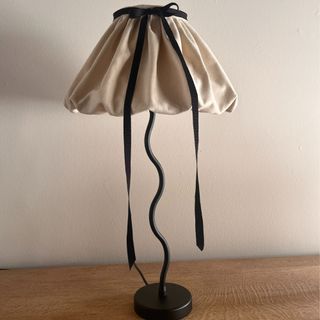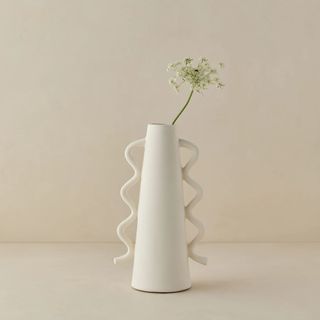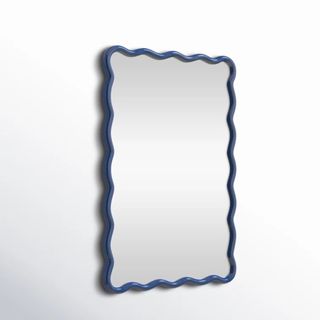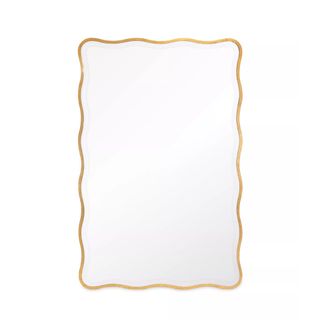Is wavy decor still on trend? This is how designers are keeping curves fresh for 2025
From elegant curved sofas to statement squiggly mirrors, we explore how to embrace a wavy look in 2025
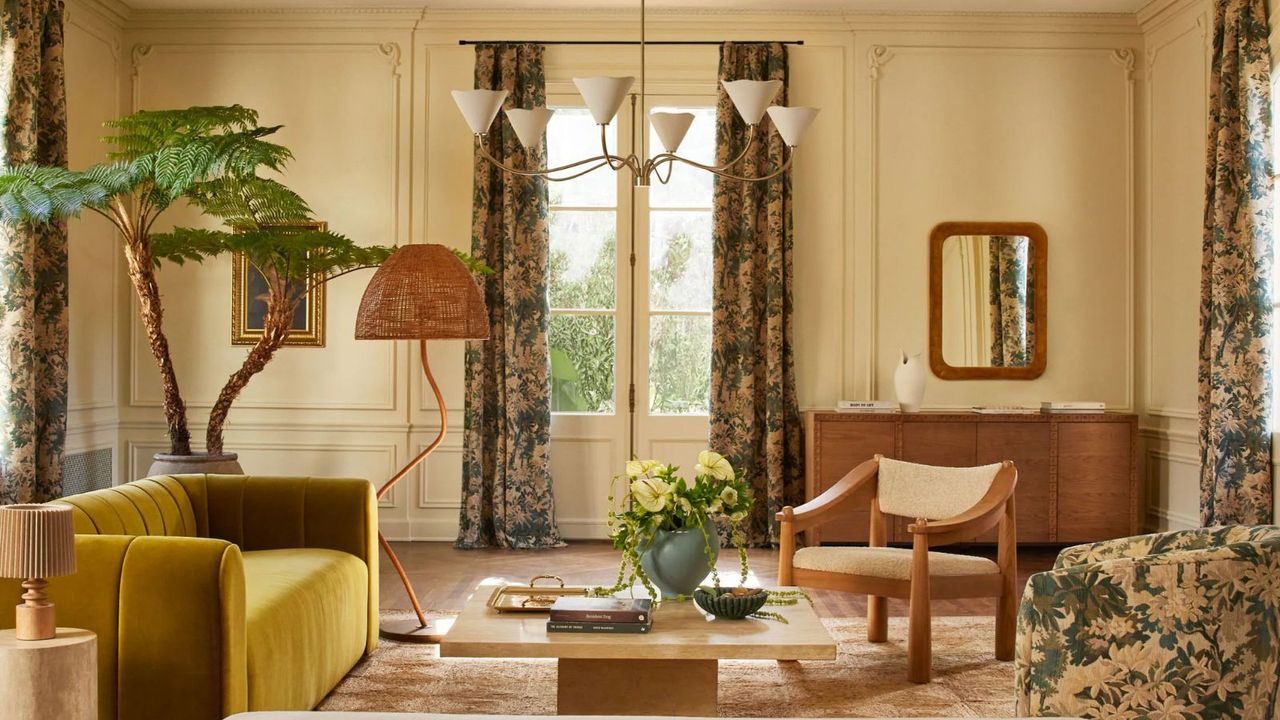
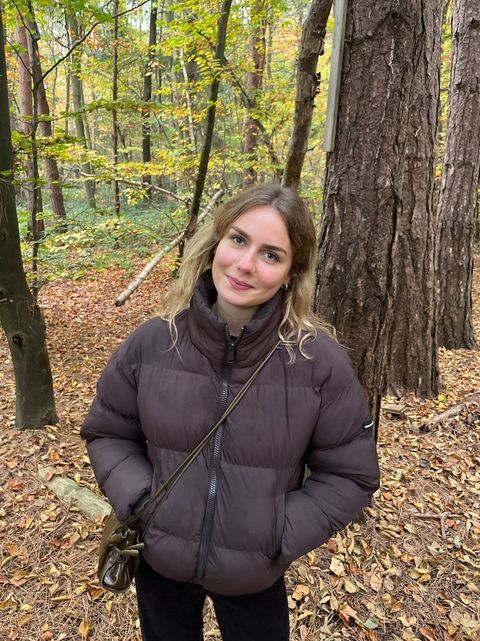
The wavy decor trend was all the rage for a while. Over the last couple of years, you would have undoubtedly seen some form of wavy mirror, curved sofa, or squiggly candle featured on the pages of an interior magazine and in homes across the internet.
While the wavy look may not be having as big of an impact on interior design trends as it once did, we still think that wavy decor is more than merely a fleeting trend, and that it is very much here to stay for 2025 and beyond.
There are plenty of ways to make curved pieces feel stylish and classic, helping to bring an unexpected contrast and a sense of fun into your home – so in an effort to bring back the statement look, we've asked designers how they'll be using wavy decor in their interiors this year.
1. Less is always more
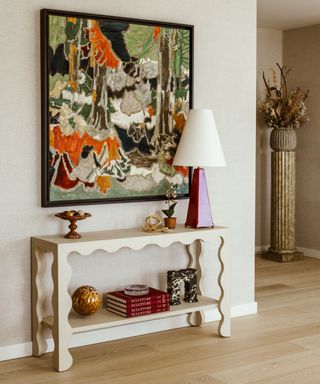
The most important thing to consider when decorating with wavy decor is that less is always more. The style is distinct, meaning that just one piece can provide a space with ample interest due to its unique shape.
We love the whimsical decor trend, but you want to avoid going too far with your wavy pieces. Adopt a more minimal mindset and incorporate fewer (but still impactful) pieces. 'Less is definitely more when incorporating wavy decor, don’t use too much, rather opt for one or two statement pieces.' says Ness, founder of wavy decor line Maud Vaughan. 'People are naturally attracted to curved forms so a single wavy candle holder or set of wavy hooks on the wall is very impactful. The waves can provide contrast and balance – pairing fluid, undulating shapes with more structured, architectural elements.'
Despite the contemporary connotations of the curve, Jenna Kincaid, Creative Director of Lulu & Georgia says, 'When used with restraint, a touch of wave can add a wonderful vintage feel. Curves, scallops, and waves are such a great way to add a playful hint of personality to a space.'
2. Incorporate small wavy accents
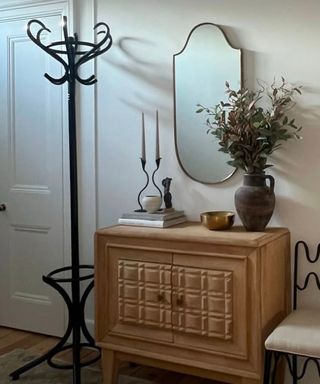
You don't need to go big with the wavy look. Small curved accents do a great job of adding whimsy and contrast to an otherwise one-dimensional space.
There are plenty of examples of wavy decor. Maud says her collection 'has since expanded to include lamps, marble trays, candelabras, and hooks, all featuring the signature wave, and the wave remains a key design element in both our vintage curation and contemporary in-house designs.'
To nail your coffee table decor ideas, incorporate small wavy ornaments to bring some variation and interest to the area. 'If you’re looking for a more subtle way to incorporate wavy decor, focus on small decorative objects that reflect the trend.' says interior designer Nina Lichtenstein. 'A wavy ceramic bowl on your coffee table, a sculptural wavy vase on a side table, or wavy candleholders can give your space a modern edge without overpowering the room.'
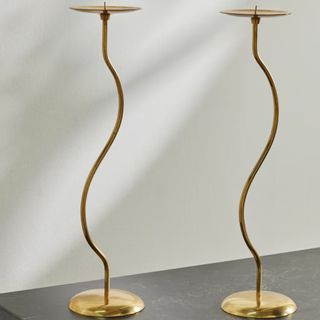
With their distinct curved spines, these candlesticks are chic yet fun making them the perfect choice for an empty mantel.
3. Go big with a statement mirror
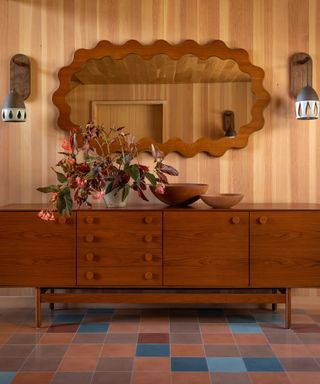
When we think of curved decor, one iconic piece springs to mind – the wavy mirror. Wavy mirrors come in all shapes and sizes and can often make a room feel eclectic and unique due to their unexpected and unconventional shape. Decorating with mirrors is a fail-safe technique that almost always provides a room with drama and opulence.
'One of my personal favorites for introducing wavy decor is a wavy mirror', says Nina. 'It’s both functional and sculptural, serving as a statement piece that enhances the flow of any room. When strategically placed, a wavy mirror can also reflect light and open up the space, creating a sense of dimension while enhancing the overall design.'
'Place a wavy mirror above a simple, streamlined console table. The contrast between a restrained piece of furniture and the playful curve of the mirror adds intrigue and whimsy, elevating the space without compromising its sophistication', Nina adds.
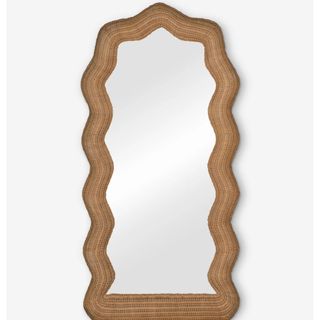
Woven with rattan, the Maxine floor mirror is the perfect combination of organic meeting modern.
4. Create contrast
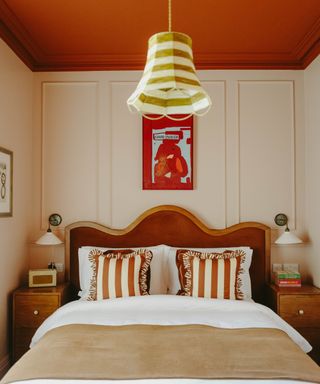
To avoid overdoing it, opt for a handful of wavy pieces to scatter sparingly around a room. This will create contrast and enhance the more geometric shapes, in turn creating an interesting balance between curved and sharp lines.
'Practice using contrast in interior design', says Jenna. 'Mixing wavy pieces with more structured or tailored silhouettes is the best way to incorporate the trend without being overly playful. Layering in natural elements like wood or stone can also complement the organic shapes, adding warmth and depth to the home while keeping it fresh.'
'One of the most powerful ways to incorporate wavy decor into your home is to contrast it with minimalist, clean-lined furniture. In 2025, balance in interior design is key. For instance, consider pairing wavy headboard ideas with a neutral, sleek bed frame.' says Nina. 'The subtle undulations in the headboard can introduce movement and softness to the room without overwhelming the space. By mixing these organic, flowing elements with minimalist furniture, you maintain a feeling of spaciousness while still indulging in the trend.'
5. Opt for curved furniture
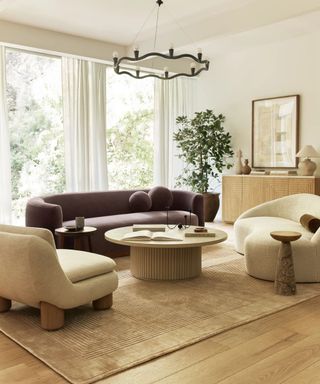
You don't have to be literal with wavy decor either. Curves count as a form of wave and can bring a soft, inviting feel to any space.
You would've undoubtedly seen the popular curved couch. Popular for its ability to bring softness and warmth, curvacious furniture provides the perfect statement. 'In 2025, curved and wavy shapes will also take over furniture trends. While we’ve seen rounded edges on sofas and armchairs in recent years, the focus will shift to upholstery with undulating, continuous lines. A wavy sectional or curved loveseat can add an immediate sense of luxury and comfort. To keep things fresh, choose fabrics in rich, earthy tones such as terracotta, moss green, or ocean blue', says Nina
'To complement these larger pieces, throw pillows and blankets in soft, tactile fabrics like boucle or velvet with a wavy pattern will add interest. Consider wavy-shaped ottomans or curved footstools that complement the sinuous lines of your larger furniture pieces.'
Don't be afraid of the waves. They can seem bold but they're actually a great way of bringing character and shape into a space that's in need of a little contrast.
For more styling tips for decorating with wavy decor, we explore how to create contrast in interior design in our dedicated feature.
Sign up to the Homes & Gardens newsletter
Design expertise in your inbox – from inspiring decorating ideas and beautiful celebrity homes to practical gardening advice and shopping round-ups.

I am the Interior Design News Editor at Homes and Gardens, covering mainly US-based designers and trending news stories. My love for interiors began when I interned in an interior design studio, working on commercial and private spaces. My passion grew while working in production, where I sourced beautiful locations for photoshoots and campaigns. Outside of work, I enjoy collecting antique decor and mid-century furniture for my home.
You must confirm your public display name before commenting
Please logout and then login again, you will then be prompted to enter your display name.
-
 Martha Stewart says paint is the 'foundation' that brings your core design elements together – her European-inspired paints just made it easier
Martha Stewart says paint is the 'foundation' that brings your core design elements together – her European-inspired paints just made it easierMartha Stewart's latest collaboration with Fine Paints of Europe is inspired by the natural world, including versatile neutrals, greens, pinks, and blues
By Hannah Ziegler Published
-
 11 ideas for awkward-shaped gardens – to transform narrow, sloping, and otherwise tricky yards into beautiful, functional spaces
11 ideas for awkward-shaped gardens – to transform narrow, sloping, and otherwise tricky yards into beautiful, functional spacesIdeas No matter the size or shape of your yard, there's always a clever way to turn it into a green sanctuary
By Teresa Conway Published
